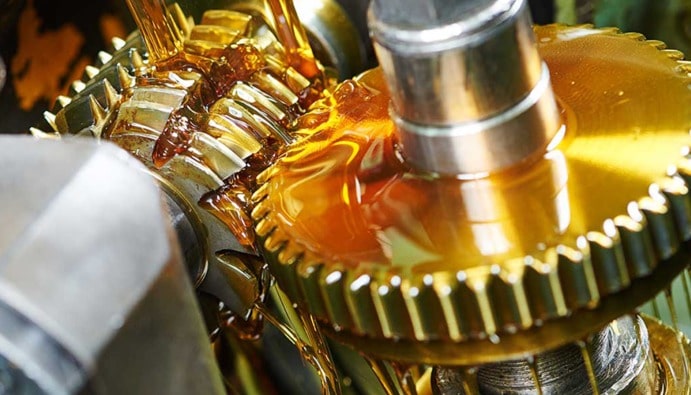Mineral Oil Analysis: Quality Control and Performance
What are Mineral Oil Analyzes?

Why Perform a Lubricant Analysis?
Oil analysis should be performed regularly to verify that a lubricated machine is operating according to expectations. Oil analysis aims to detect oil health, oil contamination and machine wear. By routinely performing oil analysis, measures can be taken and necessary corrections can be made when an abnormal situation is detected. Thus, major damages and financial losses can be prevented.
There are three main categories of general lubricant analysis: fluid properties, contamination and wear residue.
Fluid Properties
When determining the fluid properties of oils, it focuses on identifying the current physical and chemical state of the oil as well as its remaining useful life (RUL). Desired properties:
- Sample matches the specified oil description
- The right oil to be used
- The right additives are active
- Whether the additives are exhausted
- Whether the viscosity has changed and if so, what are the reasons
- RUL value of oil
Pollution
- By detecting the presence of contaminants in oils, the following properties of the oil can be determined:
- Whether the oil is clean
- Types of contaminants found in oil
- Where the contaminants in the oil come from
- Whether there are indications of other types of lubricants
- Whether there are any signs of internal leakage
Abrasion Residue
Wear residue analysis in lubricants aims to detect the presence of particles produced as a result of mechanical wear, corrosion or other machine surface degradation. With this analysis:
- Whether there are abrasion residues
- Which internal component the wear is caused by
- Wear mode and cause
- Severity of the wear condition
Advantages of Lubricant Analysis
- Longer Equipment Life: With the use of quality oils and accurate analysis, maintenance times are optimized and equipment life is extended.
- Energy Efficiency: Proper lubrication reduces friction and saves energy.
- Reduced Safety Risks: Regular control of the physical and chemical properties of the oil minimizes potential safety risks.
- Environmental Sustainability: Proper management of oil recycling processes reduces negative impacts on the environment.
- Reduction of Operational Costs: Prevention of breakdowns and correct timing of oil changes reduce operating costs.
Nanolab Laboratories Group continues to provide services within the scope of Lubricant Analysis.
Contact us for more information.
You can follow us on LinkedIn for up-to-date news and posts about our services.
Follow our Instagram account to be informed about our latest blog posts.

